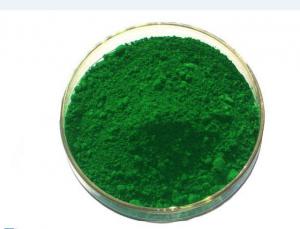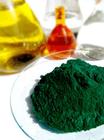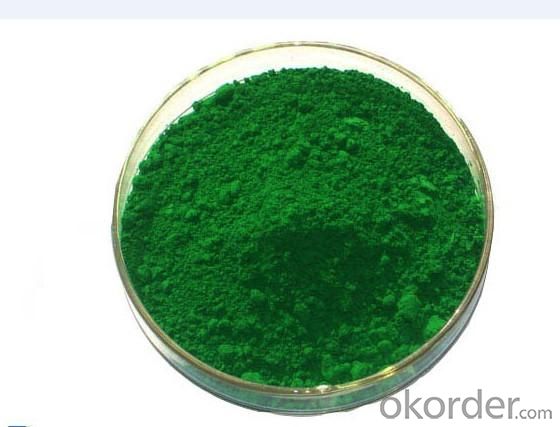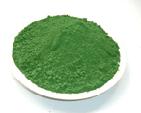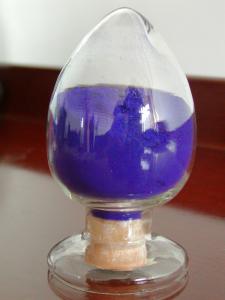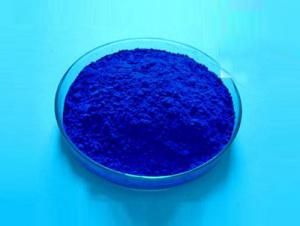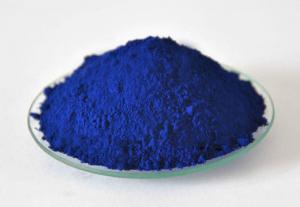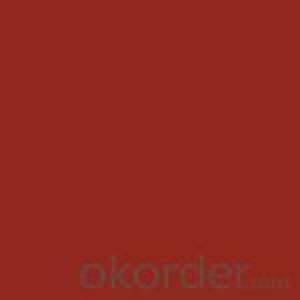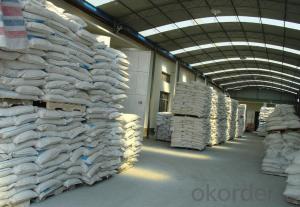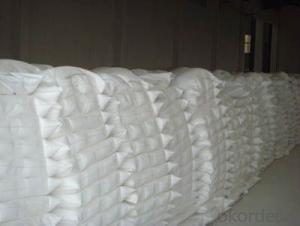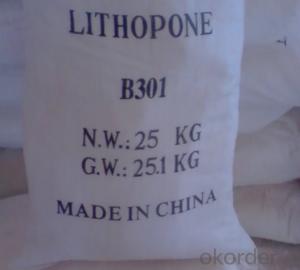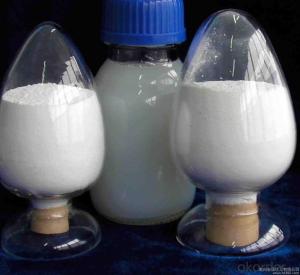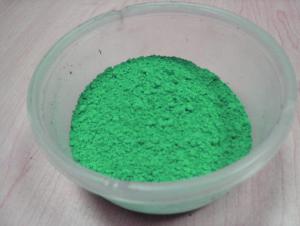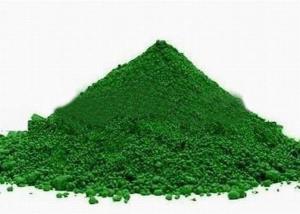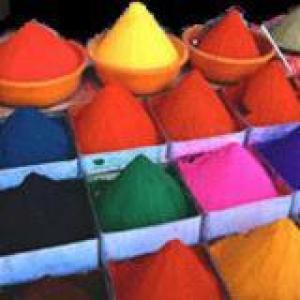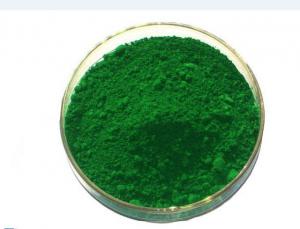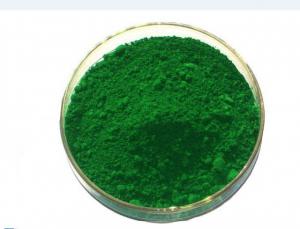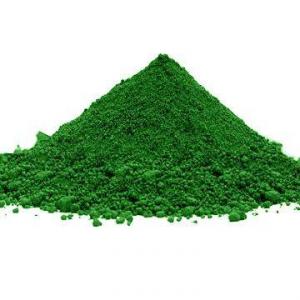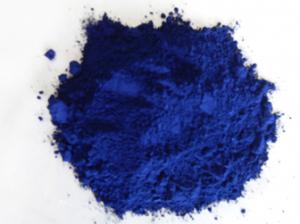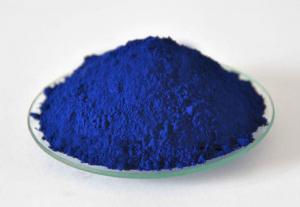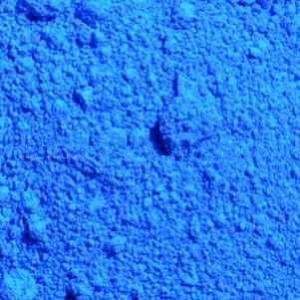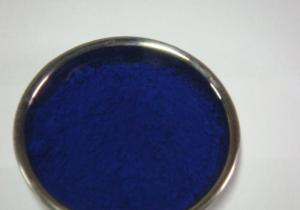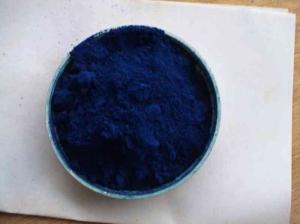Inorganic Green Pigments Chrome Oxide Green
- Loading Port:
- Shanghai Port
- Payment Terms:
- TT or LC
- Min Order Qty:
- 1 Metric Ton m.t.
- Supply Capability:
- 8000MT Per Year m.t./month
OKorder Service Pledge
OKorder Financial Service
You Might Also Like
Production Details of Chrome Oxide Green
Molecular Formula: Cr2O3
HS Code: 2819900000
CAS No. : 1308-38-9
Appearance: green powder
Specifications: (Quality Standard: HG/T 2775-1996)
Packing Of Chrome Oxide Powder :
25 kg/bag , Or 220kg / drum , or as your requirements .
Usage Of Chrome Oxide Powder :
Mainly used in paint, glass, ceramics, building materials colorants, printing ink, metal polishing, smelting metal chromium, fire-proof material, etc.
Pigment Grade:
Item | Index | ||
Excellent Grade | First Grade | Qualified Grade | |
Appearance | Green Power | ||
Color Reference | Same | ||
Relative Color Strength | Strength | ||
Density g/cm3 | 4.8 | ||
Cr2O3 | ≥ 99.0% | ≥ 98.0% | ≥ 97.0% |
Cr+6 ppm | ≤ 5 | ||
Soluble Chrome | ≤ 0.03% | ≤ 0.03% | ≤ 0.03% |
105°C Volatile Matter | ≤ 0.3% | ≤ 0.3% | ≤ 0.3% |
Water Soluble | ≤ 0.1% | ≤ 0.4% | ≤ 0.7% |
Moisture | ≤ 0.15% | ≤ 0.3% | ≤ 0.5% |
PH of Water Solution | 7—7.5 | ||
Oil Absorption (g/ 100g) | 17 | ||
Residue on Sieve of 0.045 mm | ≤ 0.1% | ≤ 0.3% | ≤ 0.5% |
1200℃ Ingition Decerement | 0.05 | ||
Acid& Alkali Resistance | 5 | ||
Temperature Stability | 1000 | ||
Weather Fastness | 5 | ||
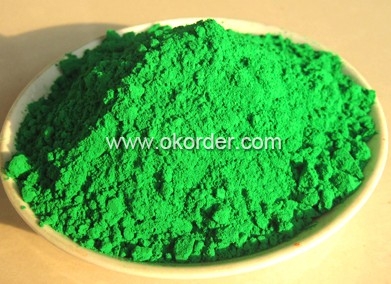
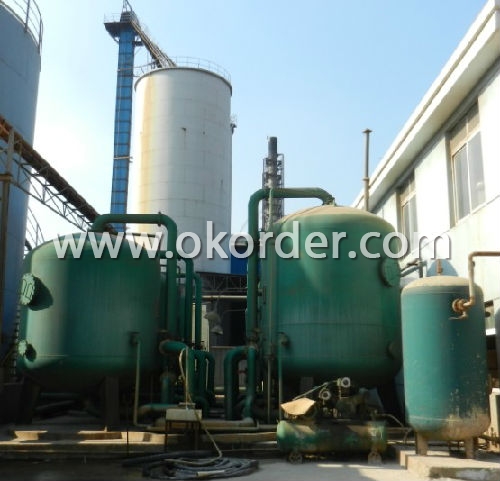
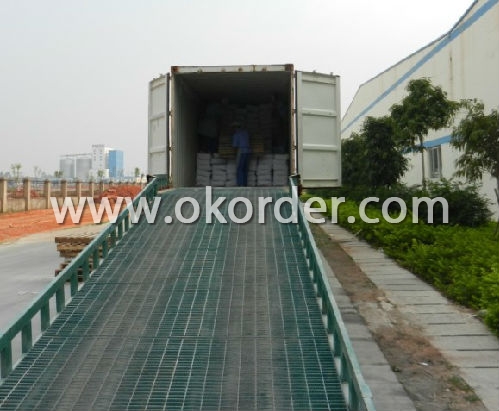
- Q: Are carontenoids and anythocyanin accesory pigments.
- This Site Might Help You. RE: What are accessory pigments? Are carontenoids and anythocyanin accesory pigments.
- Q: do all leaves extract contain the same pigments??why?
- Plants okorder /... Plants have classes of pigments that act as adjuncts to the chloroplast's chlorophyll, in several ways. Some are accessory pigments that broaden the range of absorbed light. These pigments are found in the light gathering arrays in chloroplasts. They also alter the color of the leaf depending on what specific pigments it has to gather light energy and that determines what is reflected (green is the basic reflected spectra but is might be yellowish or bluish green). The major accessory class of pigments, the carotenoids, collect light in the red to yellow wavelengths chlorophyll a can’t, then the carotenoids transfer the energy to chlorophyll a to process. Among the carotenoids are the xanthophylls that provide UV protection for the light gathering centers of the chloroplast. Plants adapt to situations and some just have fewer chloroplasts so have less chlorophyll and absorb less of the light. In low light situations they need fewer so variegated plants are possible. This reduced chlorophyll level allows small amounts of other pigments like the yellow pigment xanthophyll to show up.
- Q: I bought the color Frozen White, and the store sample was sort chunky too, and it doesn't go on my skin well because of that. How can I apply it on smoothly? do I need to add a little water??? help!!!!
- use a good brush, apply little by little experiment with water remember MAC was made for taking model pictures there colors are strong and bold and not good for the skin because they were made solely to take pictures and have it pop out of the picture
- Q: How to manufacture FRP pigments?
- Pigment A finely divided material which contributes to optical and other properties of paint, finishes, and coatings. Pigments are insoluble in the coating material, whereas dyes dissolve in and color the coating. Pigments are mechanically mixed with the coating and are deposited when the coating dries. Their physical properties generally are not changed by incorporation in and deposition from the vehicle. Pigments may be classified according to composition (inorganic or organic) or by source (natural or synthetic). However, the most useful classification is by color (white, transparent, or colored) and by function. Special pigments include anticorrosive, metallic, and luminous pigments. See also Dye; Luminous paint; Paint.
- Q: I hear about it cause my Friend is albino and she was born with no pigments in her hair,skin or eyes
- then she is natural coz she is not using any substances to colour or paint....
- Q: I know the difference between the two, but which do you prefer? Which has a better color payoff? And, which do you own more of?
- Pigments they have a better color pay off ?
- Q: What does it mean when something is highly pigmented?
- Pigment is color. When someone says something is highly pigmented it means that the color is bright or really vibrant. Hope this helped!
- Q: I have dyed my hair dark brown for months now it keeps fading because i've had bleach on before hand, so I need some advice on buying decent hair dyes for pre-pigmenting it so my hair dye stops fading out into a horrible gingery brown!
- if you have blonde hair this will naturally get bleached by the actual sun in the summer. There was this guy in my class who also had golden blonde hair that has been a medium brown near the base. When he came back to college after summer vacation, it was practically platinum blonde!
- Q: What are the roles and type of plant pigments?
- Pigments are able to absorb specific wavelengths of light which power photosynthesis. Chlorophyll, which is green, absorbs all wavelengths except green. Each photon excites an electron in the light harvesting complexes of a photosystem in a chlorophyll molecule, eventually producing ATPs. Other pigments will be a different color and will be able to absorb other wavelengths, maximizing energy absorbency when the sun's rays change. Pigments are chemicals inside living things that absorb certain types of light. In plants, the pigment chlorophyll in leaves absorbs sunlight for photosynthesis to work, where the energy comes from. Chlorophyll absorbs all light except green, which is reflected. That's why most plants are green...
- Q: What are leaf Pigments?
- Pigments that are present in the leaf that impart colour to the leaf are called leaf pigments. They are chemical compounds. Green colour in plants is due to Chlorophyll. Cholorophyll are also of different types Chlorophyll-A, Chlorophyll-B, Chlorophyll-C and Chlorophyll-D. Different colours are imparted to plants by different pigments. Some are Xanthophyll and Carotenoids.
1. Manufacturer Overview
| Location | Shandong, China |
| Year Established | 2007 |
| Annual Output Value | Above US$ 10 Million |
| Main Markets | Southeast Asia; Middle East; Oceania; South Asia; Western Europe; Southern Europe; Middle East; East Asia |
| Company Certifications | ISO9001:2000 |
2. Manufacturer Certificates
| a) Certification Name | |
| Range | |
| Reference | |
| Validity Period |
3. Manufacturer Capability
| a) Trade Capacity | |
| Nearest Port | Qingdao Port, China |
| Export Percentage | 41-50% |
| No.of Employees in Trade Department | 5-10 People |
| Language Spoken: | English; Chinese; |
| b) Factory Information | |
| Factory Size: | Above 30,000 square meters |
| No. of Production Lines | Above 6 |
| Contract Manufacturing | Design Service Offered; Buyer Label Offered |
| Product Price Range | High; Average |
Send your message to us
Inorganic Green Pigments Chrome Oxide Green
- Loading Port:
- Shanghai Port
- Payment Terms:
- TT or LC
- Min Order Qty:
- 1 Metric Ton m.t.
- Supply Capability:
- 8000MT Per Year m.t./month
OKorder Service Pledge
OKorder Financial Service
Similar products
Hot products
Hot Searches
Related keywords
